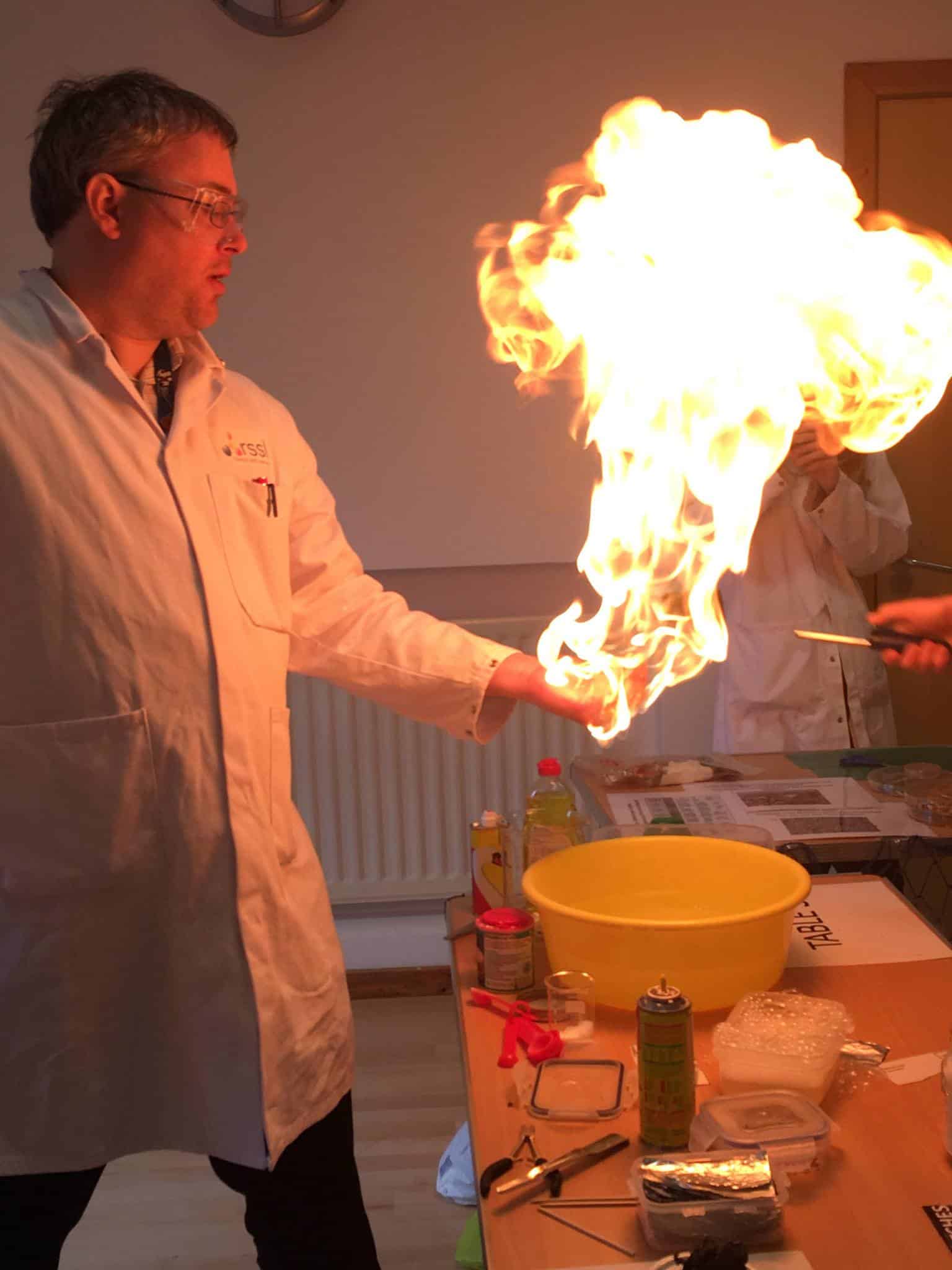-
Asked by past1apt on 3 May 2024.1
Question: How does our immune system work?
- Keywords:
-
Kirsty Ross answered on 3 May 2024:
There are two layers to your immune system; the innate and the adaptive.
The innate immune system tends to be non-specific barriers to infection. Snot in your nose is part of that system. The cilia in your lungs that sweeps mucus up into your throat where it can be swallowed is part of that system. We also have immune cells like macrophages, natural killer (NK cells, and mast cells that keep an eye out for problems. It doesn’t remember what your body has seen before, and tends to react in the same way each time.
We also have the adaptive immune system. This system has memory for what your body has seen before, so it can mount an efficient response the next time it sees something, preventing you getting ill. It is made up of cells called dendritic cells, T cells and B cells that live in your tissues and in your lymphatic system. The dendritic cells smash up things that they find (like bacteria, viruses etc) and display bits on their surfaces. These are recognised by T and B cells, who then make lots of copies of themselves. The T cells recognise cells that are infected and can get rid of them. The B cells make something called antibodies that float around your body and stick to the foreign object when they see it again. Some B cells go and live in your bone marrow as memory B cells for the future. It is also the part of the body that is activated each time you have a vaccination.
Related Questions
how do you know your hungry
why do we need food to live
how did humman get toes
How hard can a football be kicked
If my hand got chopped off, but my veins were still connected, could I wiggle my fingers?
Does being in space effect the lifespan of a human compared to a person who has not been in space ?
Will there be any different effects for children, babies and animals when they go to space, as adults and a very few
How would you react if there was no more oxygen in the world?
hi, can you explain to me how an arteriole can reduce blood flow into capillaries?
Would you say that animals bodies act the same as the human body?
Latest Questions
-
How do you make new drugs
-
how many plants do you study normally?
-
what happens when a person whos sick gets a DNA while the person is sick what do you do
-
What are polysaccharides?
-
how many nuclear explosions happen in the world
-
how does your job effect your daily life ? (2 Comments)
-
why does nuclear waste glow in the dark? (1 Comment)
-
how to you deal with problems you come across when doing your research? (2 Comments)
-
If you have been emotionally invested (focusing on anxiety if you suffer with it, dementia etc) do you find it
-
what motivates you to carry out your research? (1 Comment)
Latest Comments
-
how does your job effect your daily life ? (2 comments)
-
why does nuclear waste glow in the dark? (1 comment)
-
what motivates you to carry out your research? (1 comment)
-
how to you deal with problems you come across when doing your research? (2 comments)
-
How long have you been a scientist for (2 comments)







Comments